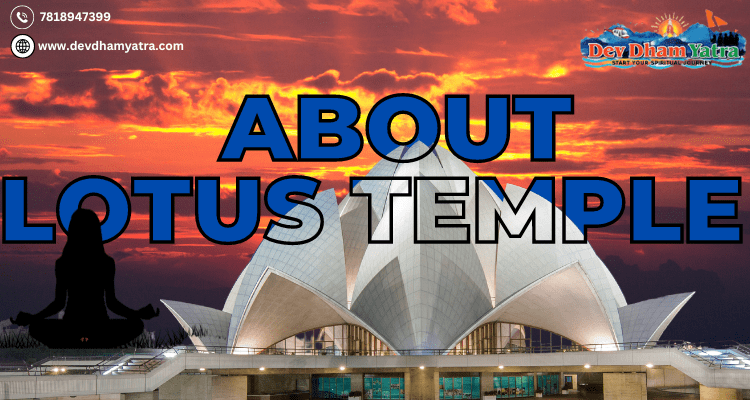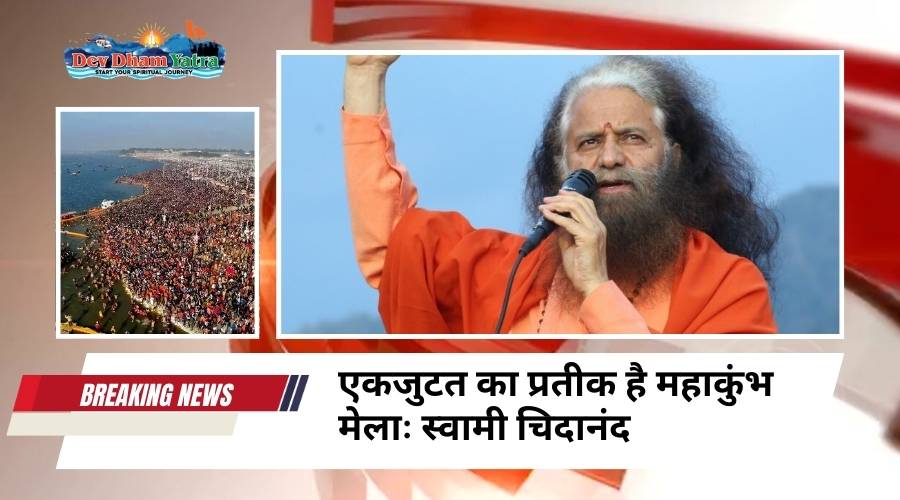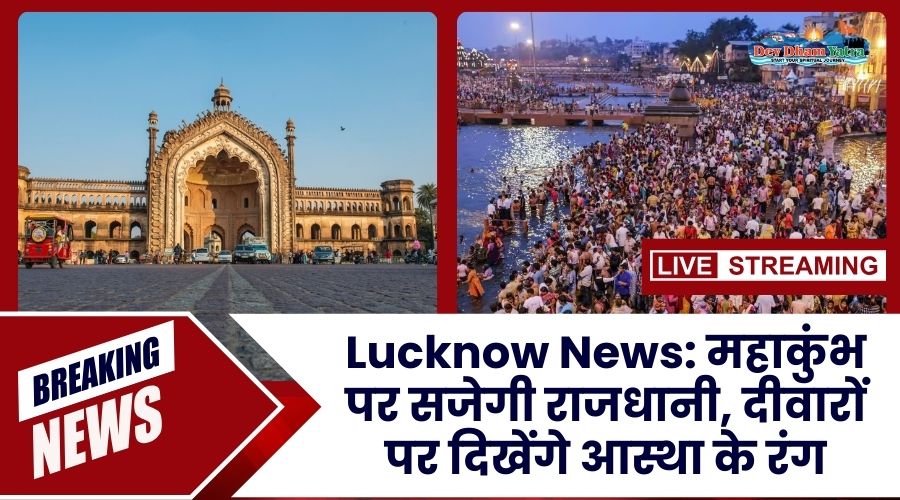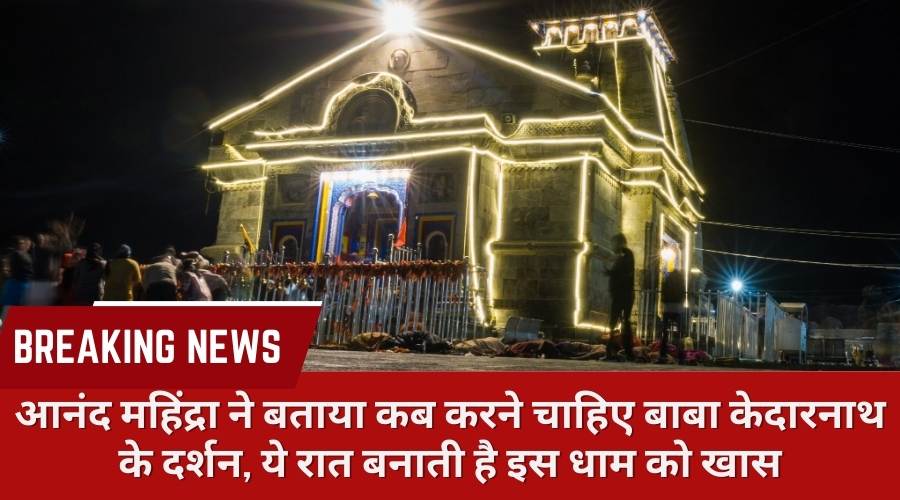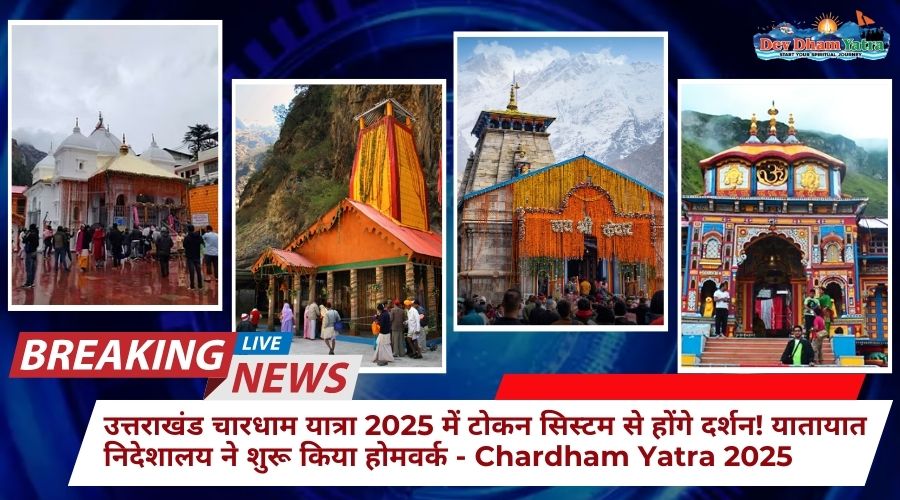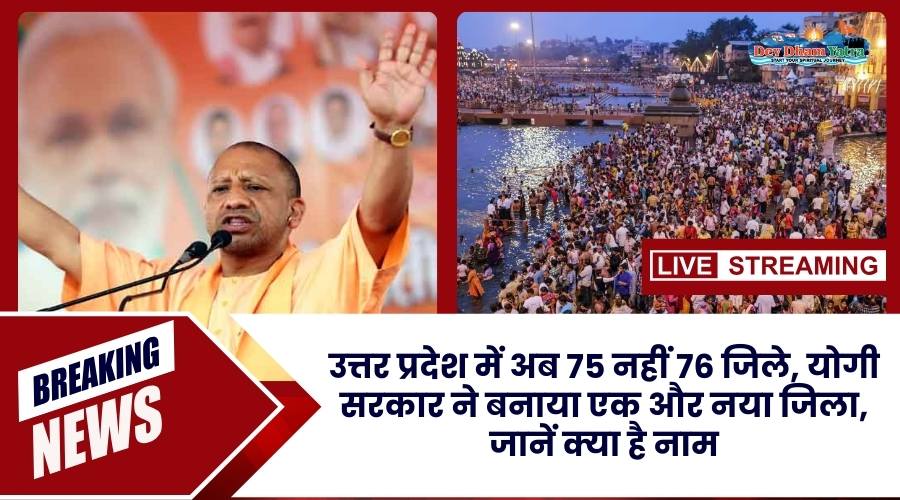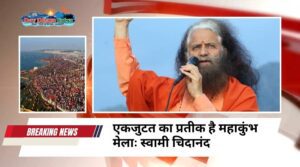Enchanting Wonders of the Lotus Temple in Delhi – A Journey of Serenity and Inspiration
The Lotus Temple, officially known as the Bahá House of Worship, is a famous architectural marvel located in New Delhi, India. It is one of the most visited tourist attractions in the city and has become an iconic symbol of Delhi’s cultural and religious diversity. Since its completion, the temple has gained significant recognition and popularity in India and internationally. This is open to people of all religions and beliefs, inviting visitors to enter and pray or meditate according to their faiths. It does not feature any religious icons or rituals specific to the Bahá’í Faith.
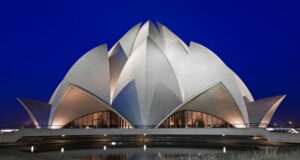
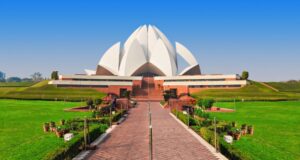
Numerous awards have been given to the Lotus Temple’s architectural masterpiece for its creativity and design. Its construction required extraordinary engineering expertise to achieve the intricate and awe-inspiring lotus-shaped structure. The marble used in its construction was sourced from Greece, enhancing the temple’s visual appeal. The temple has become a symbol of religious tolerance, unity, and harmony.
It has been recognized with several architectural awards and has even been compared to world-renowned structures like the Sydney Opera House and the Eiffel Tower in terms of its architectural significance. The temple complex covers a vast area and includes nine pristine pools and lush green gardens. The temple has attracted millions of visitors from around the world, not only for its architecture but also for the sense of peace and tranquility it offers.
If you ever visit Delhi, the temple is definitely worth a visit. It offers a serene and inclusive environment for reflection, meditation, and appreciation of architectural beauty, regardless of one’s religious or cultural background.
Information: Lotus Temple in Delhi
Location:
The Lotus Temple is located near Nehru Place, and the Kalkaji Mandir metro station is just 500 meters away. The temple is in the village of Bahapur in New Delhi, the capital of India. The location of the temple is easily accessible, and it is well-connected by various means of transportation. It is approximately 12 kilometers (7.5 miles) from the city center and can be reached by taxi, bus, or metro.
Entry and Timing:
Entry: Entry to the Lotus Temple is free for all visitors.
Timing: Summer Timings (April to September):
Morning: 9:00 AM to 5:30 PM
Evening: 9:00 AM to 7:00 PM
Winter Timings (October to March):
Morning: 9:30 AM to 5:00 PM
Evening: 9:30 AM to 6:30 PM
(NOTE: Monday remains closed, and Sunday is open)
Prayer Time: The temple emphasizes silent prayer and meditation, allowing visitors to engage in personal reflection and worship according to their own beliefs.
How to Reach Lotus Temple:
Via Metro:
- The nearest metro station to the Temple is the Kalkaji Mandir Metro Station on the Violet Line (Line 6) from Delhi Metro.
- Take a short walk of about 500 meters, or you can take a taxi to reach the temple.
Via Airport:
- Take the Delhi Metro Airport Express Line connects the airport to the city.
- Get off at the Metro Station in New Delhi.
- Use the Violet line (Line 6) to travel to Kalkaji Mandir Metro Station.
- Exit the station and walk for about 500 meters (0.3 miles) to reach the Lotus Temple.
New Delhi Railway Station:
- The New Delhi Railway Station is well-connected to the Delhi Metro network.
- Take the Yellow Line (Line 2) towards HUDA City Centre
- Change to the Violet Line (Line 6) and travel towards the Kalkaji Mandir Metro Station.
- Exit the station and walk for about 500 meters (0.3 miles) to reach the temple.
Old Delhi Railway Station:
- Walk 350 meters in the direction of Chandni Chowk Metro Station.
- Take the Yellow Line (Line 2) towards HUDA City Centre
- Change to the Violet Line (Line 6) and travel towards the Kalkaji Mandir Metro Station.
- Exit the station and walk for about 500 meters (0.3 miles) to reach the temple.
(NOTE: Traffic conditions in Delhi can vary, so it’s recommended to plan your journey accordingly, considering factors such as peak hours and potential delays.)
Explore:
Architectural Marvel: The breathtaking beauty of the Lotus Temple’s unique architecture. Admire the graceful lotus flower-inspired design with its 27 marble-clad petals arranged in clusters of three, forming nine sides. Marvel at the intricate detailing and craftsmanship of the temple’s construction.
Central Prayer Hall: Enter the central prayer hall, the main area of the temple. Experience the serene ambiance and enjoy the peaceful atmosphere within. Take a moment for personal reflection, meditation, or prayer. The hall can accommodate around 2,500 people at a time.
Visitor Center and Exhibitions: Visit the Visitor Center located near the temple. The center provides information about the Bahá’í Faith, the history and significance of the temple, and its architectural features.
Cultural Programs: The temple occasionally hosts cultural programs, including music concerts, recitals, and performances that celebrate art, music, and spirituality. Entry tickets may vary in different types of functions.
Peaceful Atmosphere: Simply take a moment to immerse yourself in the peaceful atmosphere of the temple. Enjoy the tranquility, listen to the serene sounds, and absorb the sense of harmony and unity that permeates the surroundings.
History of Lotus Temple in Delhi
The Lotus Temple was designed by Iranian-Canadian architect Fariborz Sahba and completed in 1986. It belongs to the Bahá’í Faith, a monotheistic religion that emphasizes the unity of all religions and the harmony of humanity. The temple’s unique design resembles a blooming lotus flower, with 27 delicate white marble petals arranged in clusters of three to form nine sides.
The Lotus Temple is a sacred space for followers of the Bahá’í Faith. However, it is open to people of all religions and backgrounds, welcoming visitors to pray, meditate, or simply find solace in its serene environment. The temple serves as a symbol of peace, unity, and the essential oneness of humanity.
Its design and purpose reflect the Bahá’í principles of religious inclusivity, unity of mankind, and the importance of prayer and meditation in fostering spiritual growth and inner peace. The temple stands as a testament to the architectural brilliance and the universal values promoted by the Bahá’í Faith.
Architecture:
The construction of the Lotus Temple took place from 1980 to 1986. The project was led by architect Fariborz Sahba, an Iranian-American who worked closely with the Bahá’í community to bring the vision to life. The temple was built by a team of skilled workers and craftsmen using modern construction techniques and materials.
The concept for the temple originated from the vision of the Bahá’í Faith, a monotheistic religion that promotes unity, peace, and the oneness of humanity. The temple was designed to symbolize these ideals and provide a space for people of all religions to come together in prayer and meditation. The temple is renowned for its striking architectural design, which resembles a blooming lotus flower.
The structure is composed of 27 marble-clad petals that are arranged in clusters of three, forming nine sides. The temple is made of concrete and covered with white marble sourced from Greece.
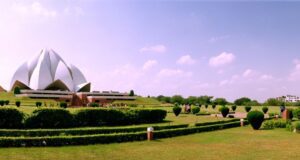
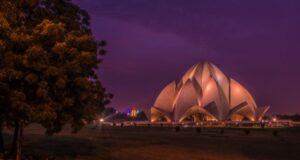
Nearby Hotels:
In Delhi, there are numerous hotels near the Lotus Temple that provide a variety of lodging choices. Here are some options for you to consider based on your budget:
The Suryaa, New Delhi:
- Located in close proximity to the Lotus Temple, The Suryaa New Delhi is a luxury hotel offering comfortable rooms, modern amenities, and multiple dining options.
- The distance from the temple to the hotel is approximately 3.5 km (2.2 miles).
Eros Hotel Nehru Place:
- Situated near Nehru Place, which is relatively close to the Lotus Temple, Eros Hotel is a well-appointed luxury hotel.
- The distance from the temple to the hotel is around 4 km (2.5 miles).
The Muse Sarovar Portico:
- Situated in Nehru Place, The Muse Sarovar Portico is a boutique hotel that provides comfortable rooms, a rooftop restaurant, and a fitness center. It offers a more affordable option for travelers.
- The distance from the temple to the hotel is around 3 km (1.9 miles).
Hotel Rockland C.R. Park:
- Located in the Chittaranjan Park area, Hotel Rockland C.R. Park offers comfortable accommodation at a budget-friendly price.
- The distance from the temple to the hotel is approximately 5 km (3.1 miles).
Nearby Places
The Delhi Lotus Temple is close to a number of fascinating locations. The following are some well-liked sights:
- Kalkaji Mandir: Kalkaji Mandir is a popular Hindu temple dedicated to the goddess Kali. It attracts a large number of devotees and visitors, especially during festivals. Kalkaji Mandir is dedicated to the Hindu goddess Kali or Kalka Devi, an incarnation of Goddess Durga. The temple is believed to be one of the oldest and most revered shrines in Delhi, with roots dating back several centuries. Time: 4:00 am to 11:00 am, Ticket: The temple welcomes devotees and visitors without any charges.
- Greater Kailas: Often referred to as GK, is a prominent residential and commercial area in South Delhi. It is divided into two parts: Greater Kailash I (GK-I) and Greater Kailash II (GK-II). Greater Kailash is known for its upscale markets, shopping complexes, restaurants, and residential neighborhoods. Time: 10:00 am to 8:00 pm, Ticket: No specific entry
- Hauz Khas Village: Hauz Khas Village is a trendy and vibrant neighborhood located in South Delhi. It is known for its eclectic mix of art galleries, boutiques, cafes, restaurants, and nightlife options. Hauz Khas Village is a trendy and vibrant neighborhood located in South Delhi. It is known for its eclectic mix of art galleries, boutiques, cafes, restaurants, and nightlife options. Time: Active throughout the day, till 8:00 p.m., Ticket: No entry Ticket
- Lodi Gardens: Lodi Gardens is a serene park dotted with ancient tombs and lush greenery. It offers a peaceful retreat and is ideal for leisurely walks, picnics, and photography. Lodhi Gardens is renowned for its historical significance and architectural heritage. The park houses several remarkable structures dating back to the 15th century, including tombs, mosques, and a bridge. Time: 8:00 am – 8:00 pm, Ticket: No entry Ticket
NOTE: There are many other attractions close to the temple, but these are only a few. Delhi is a vibrant city with many interesting sights to see and things to do.
FAQ’s
Q1: Can people of all religions visit the Lotus Temple?
A: Yes, people of all religions and backgrounds are welcome to visit the temple. It promotes the principles of unity, peace, and inclusivity, and is open to visitors of any faith or belief.
Q2: Is there an entry fee for visiting the Lotus Temple?
A: No, there is no entry fee for visiting the temple. All guests are granted free access to the temple.
Q3: Is photography allowed inside the Lotus Temple?
A: Photography is not permitted inside the prayer hall of the temple. However, photography is generally allowed in the surrounding areas and gardens.
Q4: Which religion is the Lotus Temple?
A: The temple welcomes people of all religions and backgrounds, as it represents the Bahá’í principle of the unity of religions and the belief in the essential oneness of humanity.
Q5: Are there any restrictions or rules to be followed inside the Lotus Temple?
A: To maintain the sanctity and peaceful environment of the temple, visitors are expected to maintain silence inside the prayer hall.

